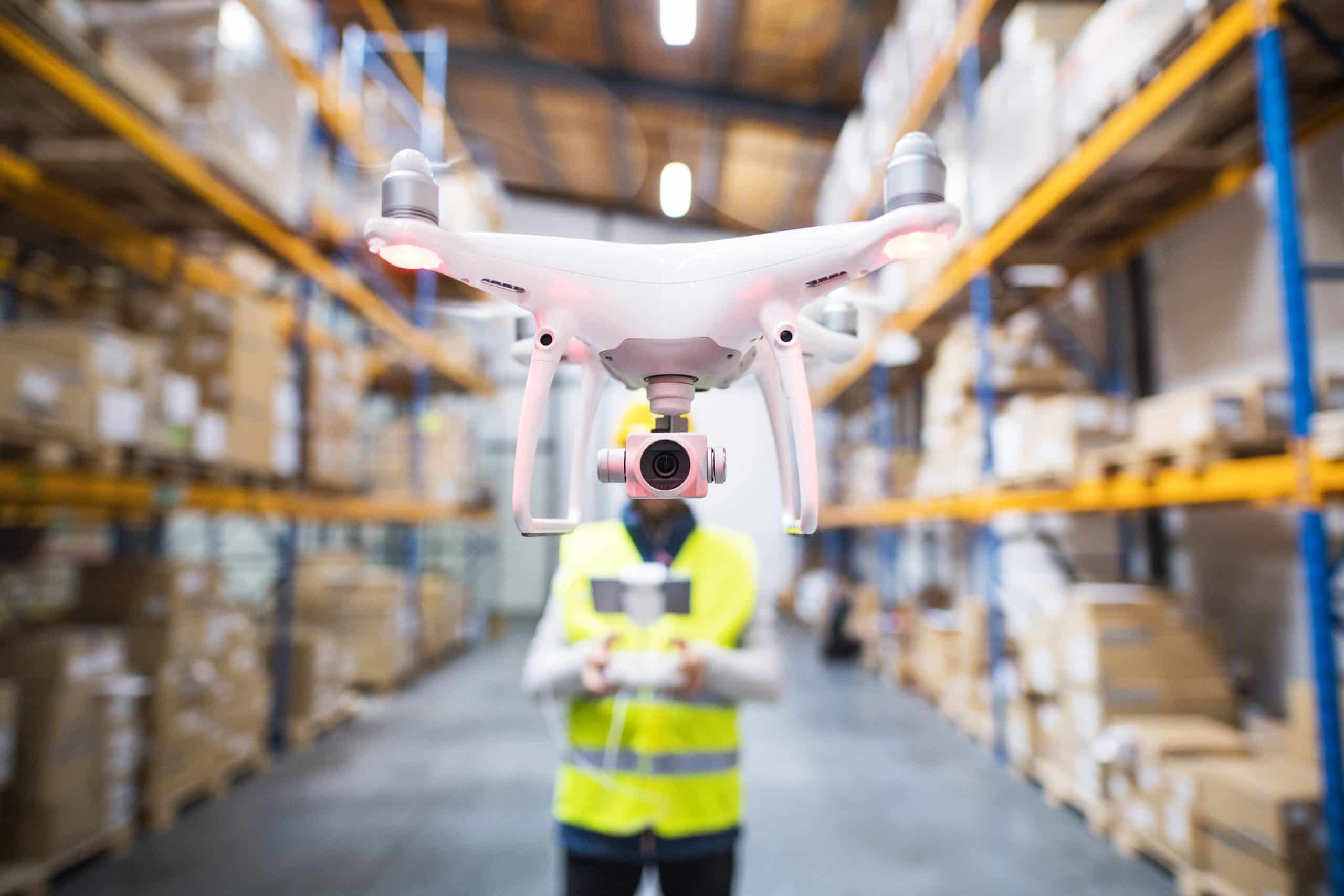Can Drone Technology Improve the Efficiency of Agricultural Pesticide Application?

The proliferation of drone technology in various sectors has been nothing short of phenomenal. Among these, agriculture stands out as one area that has embraced this innovation wholeheartedly. Specifically, farmers are turning to drones to help with the precision application of pesticides. This article will delve into how drone technology is improving the efficiency of agricultural pesticide application.
Drone Technology in Agriculture
In recent years, drones have swiftly become a farmer’s best friend. They offer a high-tech solution to a host of agricultural problems, from crop surveillance to soil analysis. One of the most significant developments in this sphere is the use of drones in pesticide spraying.
A lire également : Protection ddos et hébergement offshore : la solution anti ddos ultime
Drones, also referred to as unmanned aerial vehicles (UAVs), have taken agriculture to new heights. These aircraft have the capability to spray pesticides on crops with unprecedented accuracy, precision and speed. Increasingly, they are being viewed as a more efficient and less hazardous alternative to traditional methods of pesticide application.
Precision Pesticide Spraying
The key to effective pesticide application lies in the precision with which it is done. Drones provide the perfect tool to ensure that this is achieved. The precision of drone-spraying is beyond comparison. Equipped with high-resolution cameras and sensors, they can detect the exact areas that require treatment.
A lire aussi : What Role Does Virtual Reality Play in Enhancing Aerospace Engineering Education?
The drone’s onboard computer system processes this data and instructs the drone to spray the pesticide precisely where it’s needed. This minimizes pesticide use and ensures that every drop hits its intended target, resulting in less wastage and cost-efficiency. Furthermore, the ability to accurately target also reduces the risk of pesticide drift to non-target areas and organisms.
Time-Efficiency and Data Management
Time is a key resource on the farm, and drones can help farmers make the most of it. A drone can cover up to five acres in a single flight, depending on its size and the type of pesticide being sprayed. This is considerably more ground than can be covered by a person or even a tractor in the same amount of time.
Another key advantage of using drones is the wealth of data they can collect. Drones equipped with GPS and GIS technology can create detailed maps of fields, showing where and how much pesticide has been applied. This information can be used for future planning and pest management, helping to ensure that crop yields are maximized.
Drone Spraying and Soil Health
Healthy soil is the bedrock of successful farming. However, excessive pesticide use can harm soil’s natural microbiome. Drone technology can alleviate this issue by ensuring that pesticides are applied only where necessary.
Drones can identify problem areas in the field that need treatment, thereby reducing the overall amount of pesticides used. This not only benefits the soil but also the wider environment, by minimizing pesticide runoff into nearby water bodies.
Risks and Challenges
Despite their many benefits, drones also present some challenges. There’s a steep learning curve associated with operating these remote-controlled aircraft. Farmers need to be familiar with the technology, and regulations require operators to be licensed drone pilots.
Moreover, initial investment in drone technology can be substantial. However, given the potential benefits in terms of time-savings, improved crop yields, and reduced pesticide use, many farmers are finding that drones are worth the investment.
In the realm of agricultural pesticide application, the advent of drone technology has proven to be a game-changer. Drones offer farmers an efficient, precise, and eco-friendly method of applying pesticides. They save time, provide valuable data, protect soil health, and ultimately contribute to a more successful and sustainable farming system. As the technology continues to evolve, so too will the benefits it brings to agriculture.
The Role of State University Research in Advancing Drone Technology
Many state universities, including the esteemed Ohio State University, are at the forefront of researching and improving drone technology in agriculture. They are actively involved in studying the effects of drone spraying on crop health and yield, and are also responsible for developing efficient techniques for drone use in pesticide application.
One of the specific areas of emphasis is on ‘variable-rate’ pesticide application. Variable rate technology (VRT) allows for the application of pesticides at varying rates across a field, depending on the need. This is where high-resolution cameras and precision agriculture come into play. A drone equipped with a high-resolution camera can scan the field in real time, identify the areas that require pesticide treatment, and apply the pesticide accordingly.
Research teams at Ohio State University and elsewhere are also working on improving the data management capabilities of these drones. With advanced sensors, drones can capture a plethora of data during a single flight. By analyzing this data, farmers can evaluate the effectiveness of their plant protection strategies, modify their pesticide use, and make more informed decisions that enhance crop protection and increase crop yields.
The research by these institutions is not just limited to improving the technology; it also involves studying the environmental impact of drone use. Researchers are studying how drone spraying reduces pesticide runoff and benefits soil health. These studies are helping to reinforce the importance of drone technology in creating a sustainable agricultural system.
The Future of Drone Spraying in Agriculture
Looking ahead, there’s no doubt that drones will play an increasingly significant role in agricultural pesticide application. As technology evolves and becomes more refined, so too will its applications in agriculture. Experts predict that improvements in drone technology and the data they can collect will lead to even greater precision in pesticide application.
We may see drones that can not only identify the exact locations that require treatment but also determine the type and quantity of pesticide needed. This would save farmers even more time and resources. Additionally, with real-time data analysis, drones could provide immediate feedback on the effectiveness of the pesticide application, enabling adjustments to be made on the fly.
However, for these advancements to be realized, continued investment in drone technology and research is crucial. State universities will undoubtedly play a critical role in this endeavor, pushing the boundaries of what drones can achieve in agriculture.
Furthermore, there will need to be a focus on making drone technology more accessible to farmers. This includes reducing the cost of drones, simplifying their operation, and ensuring the pertinent regulations are conducive to their widespread use.
In Conclusion
In the realm of agriculture drones, the future seems bright. Drone technology has already revolutionized the way pesticides are applied in farms, providing numerous benefits such as improved crop health, increased crop yields, and an enhanced environmental footprint.
Despite the challenges that remain, such as the high initial investment and the need for training, it is clear that the advantages far outweigh the drawbacks. With ongoing research and development, primarily spearheaded by state universities like Ohio State, there is great potential for these benefits to be amplified in the future.
In the end, drone technology promises to be a key contributor to the creation of a more efficient, productive, and sustainable agricultural sector. It’s a testament to the power of innovation and the relentless pursuit of improvement in farming practices. The advent of spraying drones has undoubtedly marked a new era in precision agriculture, and we can look forward to more transformative changes in the years to come.
